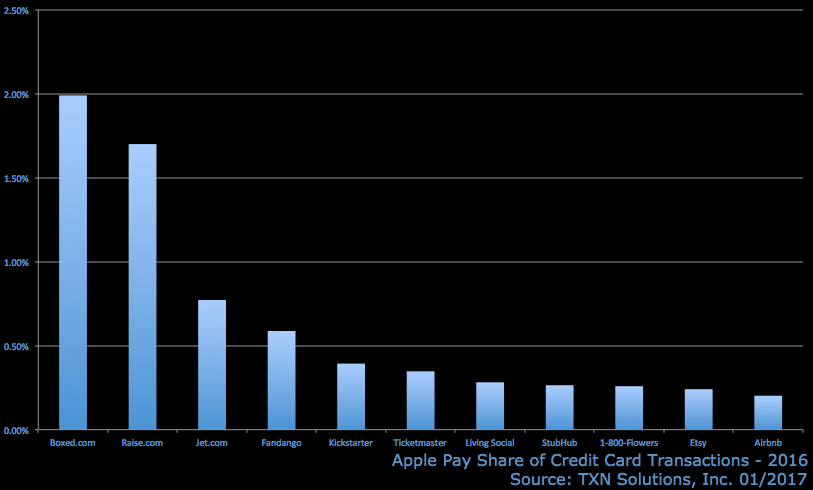Recently finished Black Edge: Inside Information, Dirty Money, and the Quest to Bring Down the Most Wanted Man on Wall Street, a fascinating recap of the SAC Capital and Steven Cohen case that involves Preet Bharara and his 76-0 record against insider trading cases. The book includes 3 years of investigative research and is quite a compelling read. The entire story is based around the definition of the black edge:
Karp’s third category of information was “black edge,” information that was obviously illegal. If traders came into possession of this sort of information, the stock should be restricted immediately—at least in theory. In the course of doing their work, analysts inevitably came across this type of information—a company’s specific earnings numbers before they were released, say, or knowledge that the company was about to get a big investment—although the vast majority of what the traders trafficked in was gray.
For an overview of what else I'm reading you can click here.













